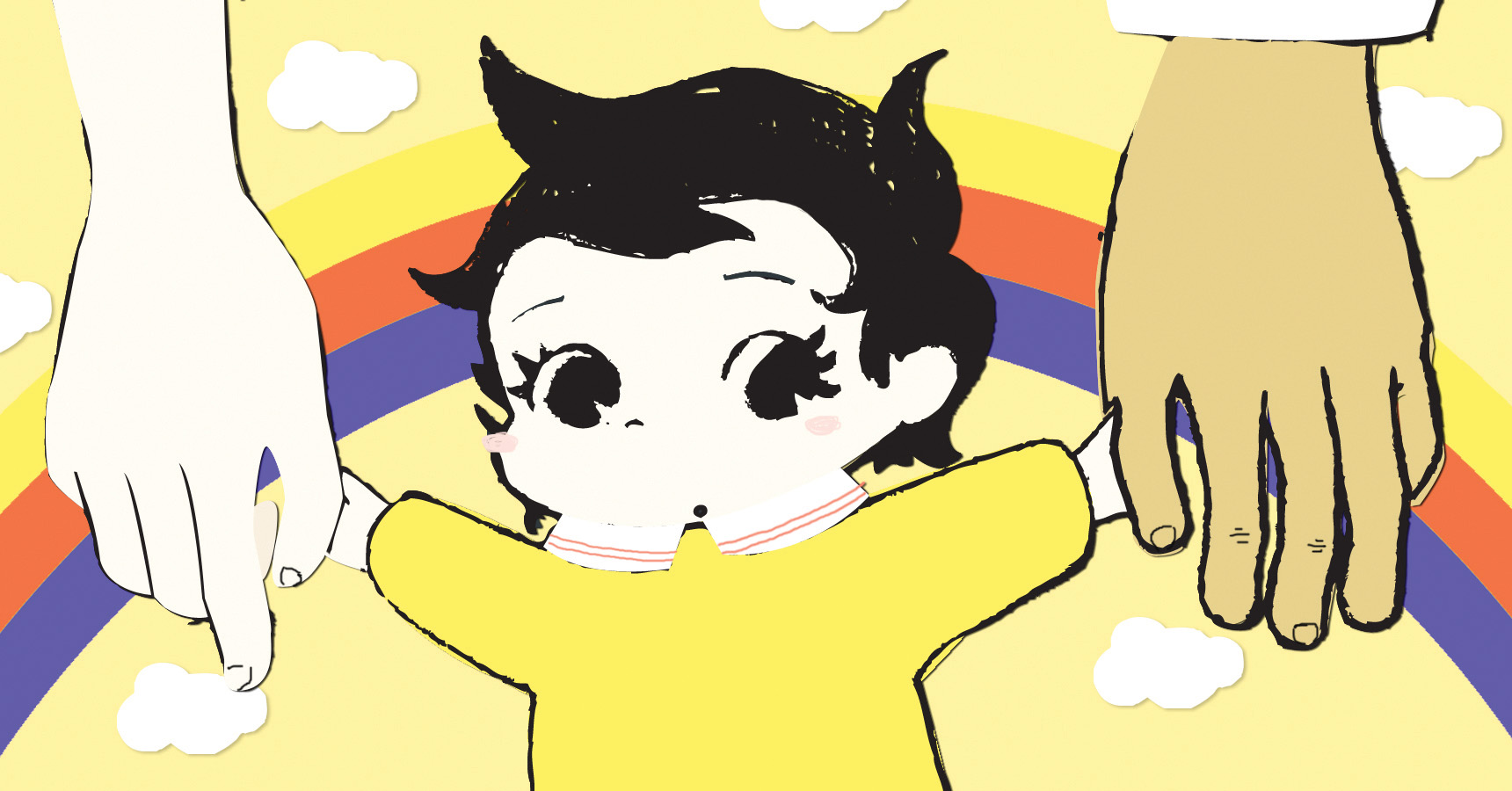
Mimi Liu
Staff Writer
Illustration by Robert Perez, Staff Illustrator
Beijing officially announced the end of China’s one-child policy on Oct. 29, and the start of a new two-child policy. The one-child policy was implemented in 1978 to control the population size and to better distribute existing resources. To a degree, this has worked. The Chinese government has estimated that their “family planning” has prevented the births of some 400 million children. But — at what cost?
China’s one-child policy led to the selective abortion of millions of female fetuses, to the point where there will be an estimated 30 million more men than women in the year 2020, according to a report by the National Population and Family Planning Commission. To put this into perspective, there are about 30 million people currently populating the entire state of Texas.
Ironically, elderly parents who desperately wish to see their sons happily married, with children of their own, have nobody to blame but themselves: their generation valued boy babies over girl babies to the point where they selectively aborted, abandoned and even sold their female infants. Police in Guangxi province discovered 28 baby girls that had been sold by their families, to be trafficked “like farm animals,” in the summer of 2003. Local farming families wanted to try again for a son, and could not afford the government fine of $3,500 USD, which is about twenty year’s worth of their income.
Xie Zuoshi, an economics professor at the Zhejiang University of Finance and Economics, suggested allowing two men to share a wife, which just goes to show how backwards gender politics currently is in China. Even Chinese citizens reacted poorly to his blog post, which went viral last week, but it’s ominous that the gender imbalance is serious enough for academics to try and “solve.” It was men like Professor Zuoshi who tried their hand at regulating population in the first place, and led China down this path. By trying to solve one problem, they generated a dozen more.
The number of atrocities inflicted upon women are countless. Just recently in 2013, a woman in Anhui province was forced by authorities to abort her seven-month-old baby because she had violated the one-child policy and could not pay the resulting fine. The picture of her aborted baby girl went viral, and led to a national outcry that was quickly censored by the government, though the officials involved in this incident were punished.
Basic reproductive rights were turned into reproductive privileges for women wealthy enough to pay the fines, or for women wealthy enough to give birth in other countries. Rich families were able to bribe officials — corruption is startlingly commonplace in China. Or, if you’re a government official in China, even better. Up to two thousand officials in Hunan province had ignored the one-child policy between 2000-2005, presumably because they could afford the heavy fines, and were able to bribe other officials to turn a blind eye.
China’s one-child policy is a testament to human arrogance. The minds behind this policy were actually short-sighted enough to believe that this would fix China’s problems, and naive enough to believe that it would run its course smoothly. China would’ve been better off implementing better sex education programs, providing more family planning centers and making contraception more readily available. In many developed countries, the birth rate is actually declining, as women have increased access to both contraception and education. As more women are able to attain college educations, they have the option of choosing to delay marriage and child rearing to focus on their professional achievements.
The issue of overpopulation is one that has been debated for centuries — when will humankind run out of water? Out of land? Thomas Malthus warned of overpopulation in the nineteenth century when the world’s population was only around one billion people. The issue of sustainability is not the number of people on this Earth, but how that number effectively utilizes resources. It’s simplistic to assume that a fewer number of people utilize a fewer amount of resources, because we do not live in a world where everyone gets an equal amount of resources in the first place.
Americans are actually the most wasteful people in the world, producing 30 percent of the world’s waste and consuming 30 percent of the world’s resources, despite making up only 5 percent of the world’s population. In fact, American children have a carbon footprint seven times that of a Chinese child. Is the solution to implement a one-child policy for the U.S.? Of course not. There is hardly such an easy solution as a one-child policy for all countries, worldwide. China has proven this for us.
I don’t believe that one-child utilitarianism will be our savior, that one-child or even two-child policies worldwide will deliver our salvation as a species: from drought, from famine, from global warming. I believe that science will save us. In the past, we have developed vaccines to cure the ill, genetically modified foods to feed more people than ever and harnessed energy to meet our needs. Now, more than ever before, we must continue to do as we have done before; we must develop renewable sources of energy, more efficient farming methods and prioritize our efforts against global warming. Instead of repressive population control policies, we should pass stringent laws to limit greenhouse gases from corporate factories. Instead of governments forcing families to abort their children, we should foster societies where children may explore and one day solve our world’s problems. After all, our children are the future.

















Comments are closed.